We welcome 19 yellow-headed arrow frogs seized by the Guardia Civil
hace 8 monthsThe animals were handed over by the agents to Terra Natura Benidorm, where they underwent a few relevant tests.
The yellow-headed arrow frogs are endangered and are included in the convention that regulates this type of species (CITES II).
The Guardia Civil of Valencia located 19 specimens of poisonous yellow-headed arrow frogs that were being sold through an advertisement on a website. The specimens were handed over to Terra Natura Benidorm for their care.
As part of the actions carried out by the agents in relation to the Spanish Action Plan against illegal trafficking and international poaching of wild species (TIFIES Plan), in order to comply with the priorities in the conservation of endangered species of flora and fauna, investigations are continuously carried out in open sources, in order to detect alleged criminal offences in relation to the sale, trade, exchange and possession of these types of animals, their parts or propagules.
In the course of these services, the agents located an advertisement on a web page of an-establishment in the town of Valencia, in which arrow frogs were offered for sale. These animals are included in Appendix II of the CITES Convention, as well as in Annex B of Regulation (EC) 338/97 of 9 December 1996 on the protection of species of wild fauna and flora by regulating trade in them.
Subsequently, the agents went to the establishment to check the veracity of the advertisements found. As a result of the inspection, 2 terrariums were found in the back room of the establishment, the first containing 7 specimens of arrow frogs (Dendrobates leucomelas) and the second containing 12 specimens of arrow frogs.
When the Guardia Civil agents requested the CITES documents for the specimens or the purchase invoice / document of transfer of the specimens, as well as whether the owner was registered as an authorised breeder in the Register of CITES Species that accredits the legal possession of the animals, the owner did not provide any document.
Therefore, a 52-year-old man of Spanish nationality is being investigated for an alleged offence against flora and fauna for the possession and trade of 19 specimens of Dendrobates leucomelas, included in Appendix II of the CITES Convention and in Annex B of Regulation (EC) No 338/97 of 9 December 1996 on the protection of species of wild fauna and flora by regulating trade therein. All of the above is a criminal offence under article 334 of the current Penal Code for trafficking with protected species, their parts or derivatives.
The proceedings have been handed over to the Environmental Prosecutor’s Office in Valencia.
Delivery to Terra Natura Benidorm
The agents of the Seprona of Valencia handed over the 19 specimens to those responsible of the Herpetology department of Terra Natura Benidorm so that they could take charge of their care in the park. As soon as they were received, they were placed in quarantine as a preventive measure and some tests were carried out to check their state of health.
PCRs were made to see if any of the frogs had diseases such as ranavirus, batrachochytrium dendrobatidis and batrachochytrium salamandrivorans, the latter being considered a variety of fungus that attacks and is easily transmitted to other dendrobatids. The tests were negative and the frogs are in good health.
The herpetologists of Terra Natura Benidorm, David Martí and Sheriyar, have stressed “the importance of practicing this type of test before introducing a new amphibian of this species in the terrariums to preserve the conservation and prevent possible infections and fungi in the group of yellow-headed arrow frogs that lives in Terra Natura Benidorm since 2016”.
Thus, with the arrival of the 19 yellow-headed arrow frogs, the park now has a group of 27 frogs of this species, as until now it has had eight specimens since 2016.
The park’s team of herpetologists has extensive experience in the handling and care of this species, which can be observed by the public in the permanent exhibition of venomous creatures at Terra Natura Benidorm, located inside the volcano in the Pangea area.

